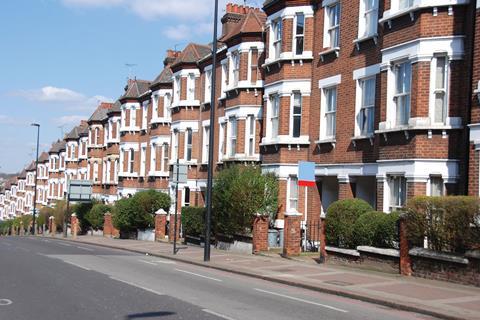Housebuilders got a fairly clean bill of health from the latest government-sponsored review of their industry and more good news on state support is coming, from what I hear. But spare a thought for thousands of ‘mom and pop’ buy-to-letters, who look set for another kicking from ministers.

Conservative grandee Sir Oliver Letwin’s review into what he refers to as the ‘stately’ build-out rates of major housebuilders dismisses the industry’s bête noir – the widespread and long-held allegation that they ‘sit on their land banks’.
They don’t, he concludes, in the thinnish 30-page draft of his ongoing review: once they get full planning permission the diggers move in. The charge that their profitability depends on the appreciation of undeveloped land has always been a red herring, as I’ve previously argued.
But he does twig that their earnings are underpinned by “the sale of housing… by building only at the ‘market absorption rate’ for their products”.This revelation puts him in contention for my second annual ‘No S*** Sherlock Research Award’.
Since the year dot, most volume developers have built as fast as they can to maximise sales volumes, but no faster than would undermine local pricing – the absorption rate. About 0.7 homes per site per week has been the rule of thumb for most firms across most cycles.
Kicking in the long grass
The next stage of Letwin’s ruminations – to be published ahead of November’s Budget – will be to recommend how to increase the build-out rate. As a taster, he suggests builders provide a much greater variety of size, design, tenure and end market: “If housebuilders were to offer more variety of homes and in more distinct settings, then overall build-out rates could be substantially accelerated.”
I’m not so sure about that: the last time government got prescriptive about what builders built on their sites, insisting during the ‘noughties’ on providing three-storey ‘town houses’, most struggled to sell the things. Expect much kicking into the long grass…
Of much more consequence to housebuilders is the future of the government’s Help to Buy scheme. There has been much speculation, not least in this column, about whether the scheme, which offers interest-free government ‘equity loans’ to buy newly built homes, will be extended beyond its current 2021 cut-off. It now supports upwards of half of all private homes sold by some housebuilders and arguably a greater proportion of their profits.

Industry sources with the government’s ear tell me they are convinced it will be extended, albeit with some cosmetic tweaks (perhaps restricting it to first-time buyers or reducing the limit on maximum household salaries to below, say, £100,000). Expect an announcement in the Budget, I’m told. The scheme’s not without its critics, but there has been a mounting view in Whitehall that it is ‘too big to fail’.
In contrast, the government views the legion of buy-to-let entrepreneurs as ‘too small to save’. They’ve been battered by stamp duty hikes, even more damaging changes to mortgage interest relief and more red tape.
Now new housing secretary James Brokenshire is proposing that landlords should offer minimum three-year contracts, as opposed to the six- to 12-month norm. But tenants would be free to leave earlier. Not surprisingly, the National Landlords Association greeted this with apoplexy – but to no avail, I suspect.
A Conservative councillor and despairing buy-to-letter last year confided that a former housing minister told him: “We don’t want ‘mom and pops’ running the housing market.”






























No comments yet